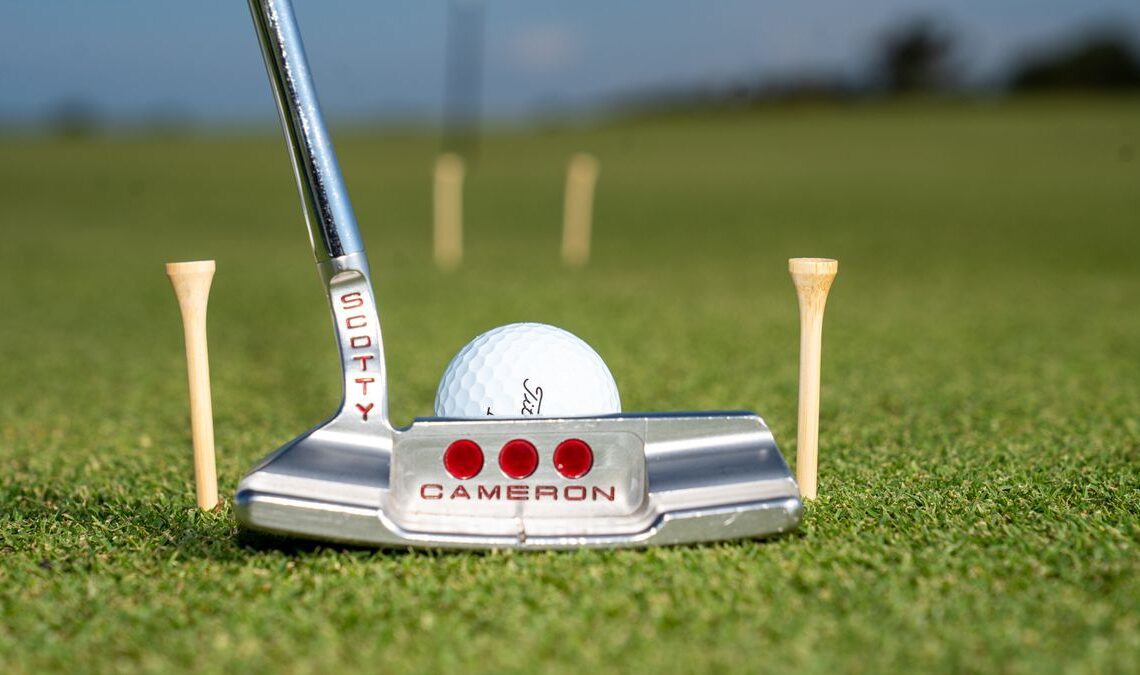There are many ways to go about improving on the greens and numerous putting drills you can use to work on your stroke. Ultimately, it comes down to your ability to judge both speed and line.
Match the two and you’ll hole more putts and bring your handicap down – it’s as simple as that.
Arccos data shows that a 12-handicapper is more likely to three-putt from 15ft than they are to hole out, yet it remains a neglected part of the game.
So, here are my tips on how to practise putting…
Start by finding the pace
Speed is everything – just watch the pros. It’s obviously important to know how to read greens and to be able to start your putt on the correct line, but without the ball rolling the correct speed it’s unlikely to go in.
Learning how to improve your putting feel is a good place to start. Don’t focus on holing putts straight away, simply hit a few from various ranges. You can set up a semi-circle of tees like below if you wish but you needn’t get bogged down by the exact distance. The important thing is to make sure you’re hitting some mid and long-range putts.
(Image credit: Kenny Smith)
At this point, you’re just getting a feel for your stroke, almost playing a psychological game: what does it feel like? How’s it rolling? How fast are the greens? By getting an idea of the speed, you’re going to be in much better shape by the time you strike your first ‘meaningful’ putt out on the course.
If you do want an added challenge to help hone in your feel and pace control, try putting ‘fringe to fringe’, stopping a few balls as close as possible to one another.
How to practise break
Once you have a better understanding of the pace of the greens, introduce a few more variations to your putting practice. Specifically, identify part of the green where you get can more of a feel for the slopes and breaks. Vary the slopes, so you can hit a few putts from the flat, as well as uphill and downhill ones.
Find a spot where you can practise some left-to-right and right-to-left putts. Remember, on faster greens the ball will break more, especially as it slows down. It’s a good idea to get used to watching the ball run past the hole if it doesn’t drop, so you get a good look at what it’s going to do on the way back.
Use drills
We’re all guilty, at times, of not structuring our practice sessions. Drills can give us more of a focus and a sense of purpose; they also help to get the competitive juices flowing, even if we’re just competing against…
..
Click Here to Read the Full Original Article at Golf Monthly…
